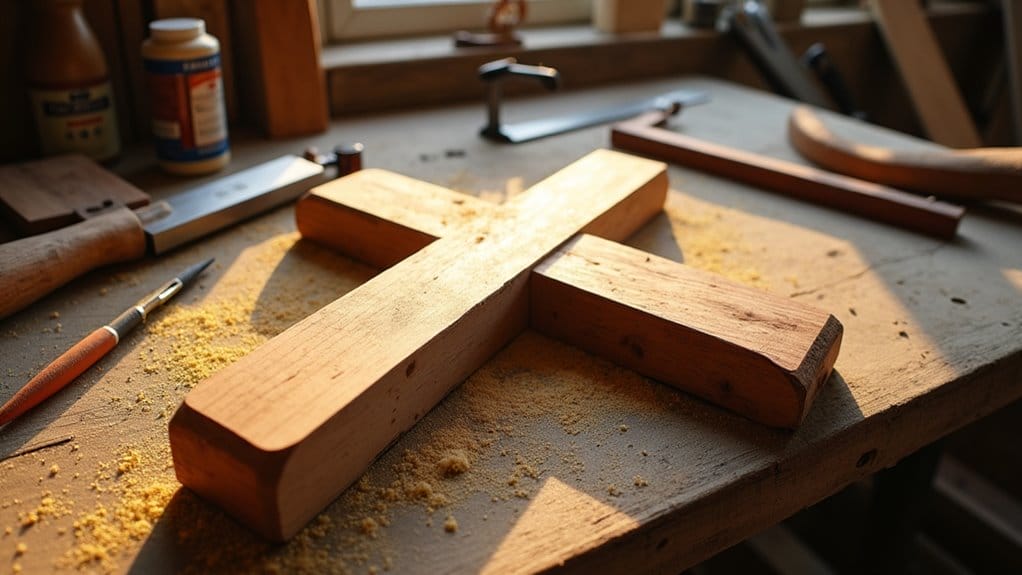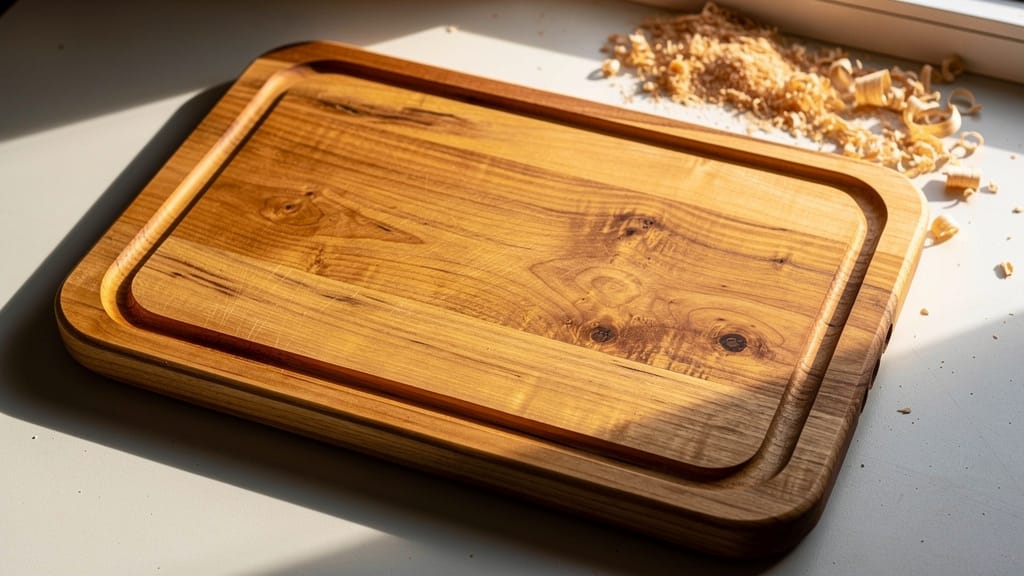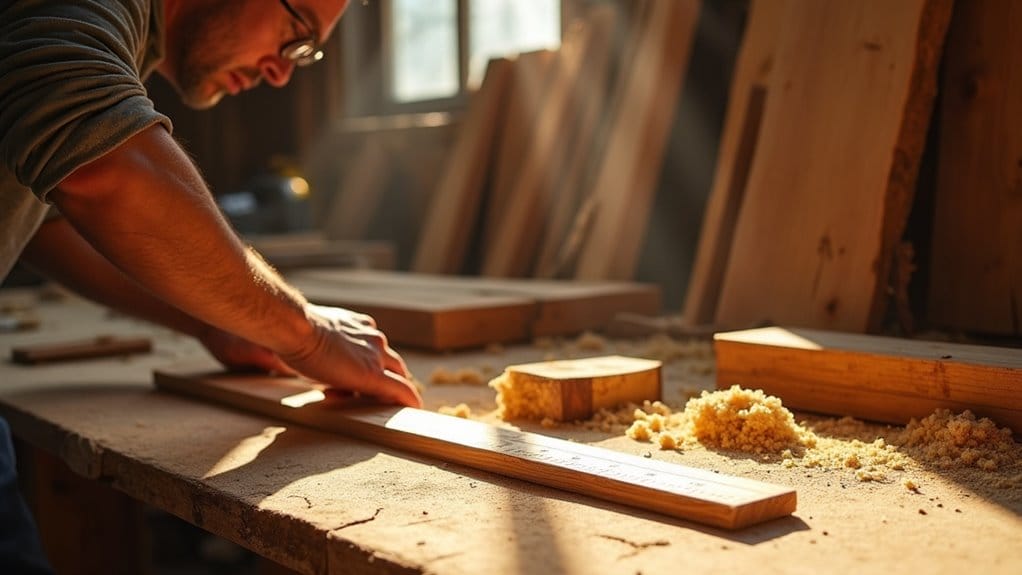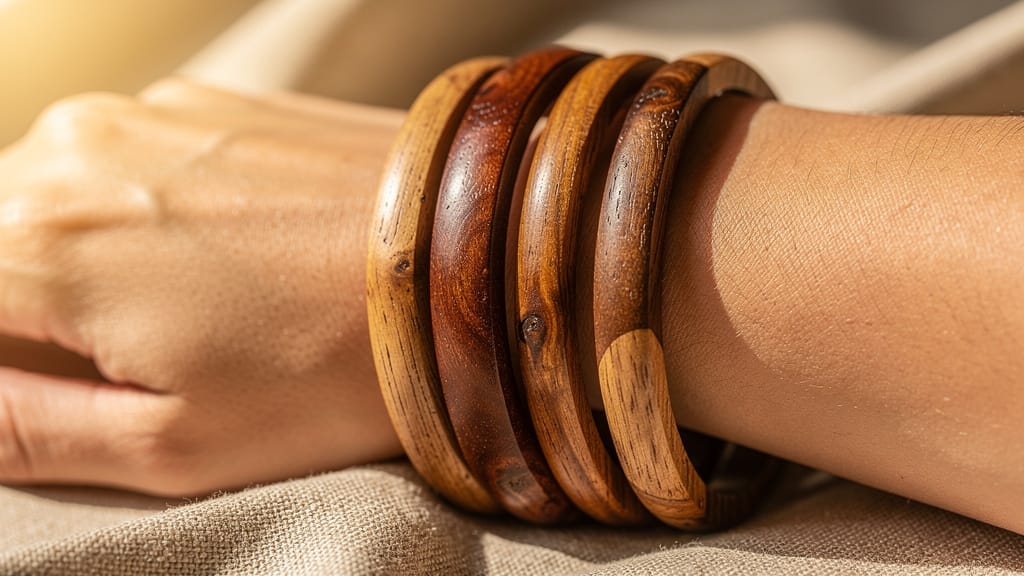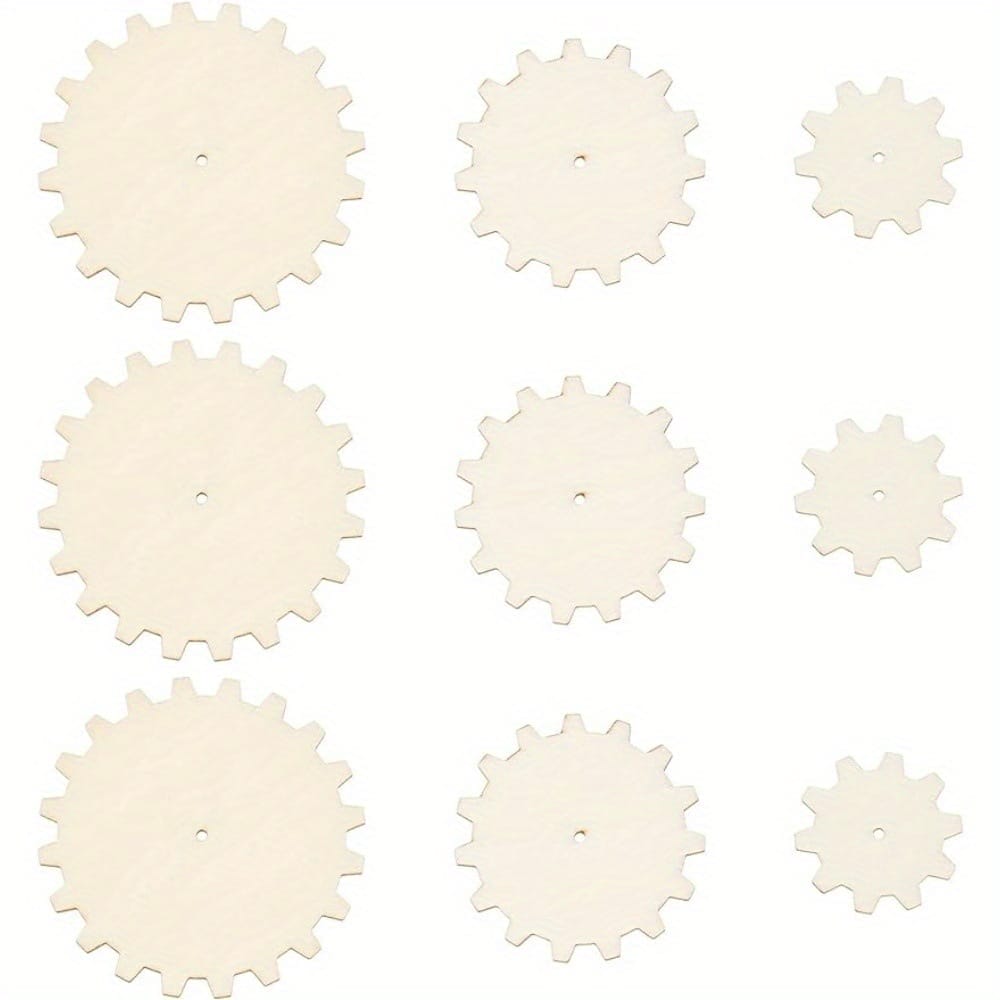Oiling a wooden cutting board isn’t just about maintenance. It’s about preserving a kitchen essential that can last for generations. Without proper care, even the finest boards can crack, warp, or become breeding grounds for bacteria.
Whether you’ve invested in an expensive butcher block or cherish a family heirloom, knowing how to oil wood cutting boards can make the difference between a board that deteriorates and one that gets better with age.
Key Takeaways
- Clean the cutting board thoroughly with warm, soapy water and let it dry completely before applying oil.
- Apply food-grade mineral oil generously in the direction of the wood grain using a lint-free cloth or a soft utensil designed for spreading.
- Let the oil soak into the wood overnight, then wipe away any excess oil with a clean cloth.
- Repeat the oiling process monthly or when the wood appears dry to maintain proper hydration.
- Store the board in a dry, well-ventilated area away from direct sunlight and check it regularly for signs of wear.
Essential Materials and Supplies

Three key supplies are essential for properly oiling your wood cutting board: food-grade mineral oil, lint-free cloths, and cleaning materials.
Food-grade mineral oil is your primary moisturizer since it won’t turn rancid like vegetable oils. For enhanced protection, consider adding beeswax to your mineral oil mixture, creating a more water-resistant finish.
Choose lint-free cloths or paper towels to guarantee smooth, fiber-free application.
Lint-free cloths and paper towels ensure your wood board gets an even coat without leaving behind unwanted fibers.
Keep your cleaning supplies handy – vinegar or a lemon-salt scrub works well for pre-oiling preparation.
Store your mineral oil in squeeze bottles for controlled application and minimal waste during the oiling process.
How to Oil Wood Cutting Boards: Step-by-Step Process

Start with a spotless board, making sure all debris and moisture are completely removed before applying your first coat of oil.
Working with the wood grain, use a lint-free cloth to spread generous amounts of mineral oil across the entire surface, letting each coat soak in for several hours.
Once you’ve achieved proper saturation, buff away any excess oil and store your board in a dry place until the next use.
Clean Surface First
Preparing your wood cutting board starts with a thorough cleaning to guarantee the oil penetrates effectively.
First, wipe away loose debris with a clean cloth, then wash the entire surface with warm, soapy water to remove all food particles. Avoid using harsh liquid bleach or putting your board in the dishwasher, as these can damage the wood fibers.
Rinse the board thoroughly and dry it completely on both sides to prevent warping.
For stubborn stains or lingering odors, scrub the surface with a mixture of lemon and salt, then rinse and dry again.
Once your board is pristine and completely dry, you’re ready to apply a generous amount of food-grade mineral oil in the direction of the wood grain.
Apply Oil Generously
Pour mineral oil onto your clean, dry cutting board to begin the essential maintenance process.
Using a lint-free cloth or paper towel, work the oil into the board’s surface, following the direction of the grain. Don’t be shy with the amount – your board should look thoroughly saturated.
Let the oil absorb deeply into the wood fibers for at least several hours, though overnight is best. This waiting period allows the oil to penetrate completely, protecting your board from drying and cracking.
Once the wood has had time to drink in the oil, wipe away any excess to prevent a sticky surface. You can also use a gentle board cream made specifically for wood care to nourish and protect the surface.
Wait Between Coats
Once your cutting board has absorbed its initial coat of oil, the next phase requires strategic timing between applications. Let the first coat soak into the wood fibers for several hours, preferably overnight, to maximize absorption.
If you notice dry spots, wait at least 30 minutes before applying a generous second coat. Gently massage the oil in the direction of the grain, being careful not to oversaturate the surface.
Remember to wipe off any excess oil that hasn’t been absorbed. Keep monitoring your board’s condition and reapply oil monthly to prevent cracking and maintain its protective barrier.
Buff and Store Properly
Once you’ve applied the oil and let it soak overnight, it’s time to buff and store properly. Use a lint-free cloth to wipe away any excess oil, moving in the direction of the wood grain. This prevents a sticky surface and guarantees ideal absorption.
Store your wood cutting board flat in a dry area to prevent warping.
Remember to oil them regularly by checking the board’s surface for signs of dryness. Proper storage and maintenance will extend your cutting board’s life and keep it looking beautiful for years to come.
Best Oils for Wood Cutting Boards

Food-grade mineral oil stands as your safest and most reliable choice for maintaining wood cutting boards. It won’t turn rancid and effectively penetrates the wood’s surface.
While coconut and linseed oils are natural alternatives, they’re less ideal since they can spoil over time and potentially leave unwanted odors in your board.
Pure tung oil offers excellent water resistance and durability. But you’ll need to verify it’s 100% pure and food-safe before applying it to any surface that contacts food.
Food-Grade Mineral Oil
Among all wood cutting board oils, mineral oil stands as the top choice for maintaining your board’s longevity and safety. This food-safe mineral oil won’t affect your food’s taste or smell. It’s specifically designed to protect wood surfaces from drying and cracking.
Unlike vegetable oils that can turn rancid, cutting board oil made from mineral oil remains stable over time. You’ll want to apply it monthly to keep your board in top condition.
For even better protection, you can combine it with beeswax to create a more durable finish that guards against moisture and daily wear. This combination helps seal the wood effectively.
Coconut and Linseed Oils
While mineral oil remains the standard choice, coconut and linseed oils offer excellent natural alternatives for maintaining your cutting board.
When using coconut oil, you’ll need to apply it more frequently, typically monthly, to keep your board well-hydrated. Be aware that it may leave a sticky residue if not fully absorbed.
Linseed oil creates a protective layer that guards against moisture, making it particularly effective for wood preservation.
For both options, always select food-grade quality to guarantee safety.
You can enhance linseed oil‘s effectiveness by mixing it with beeswax, creating a superior barrier that protects your board while improving its appearance.
Pure Tung Oil Benefits
Pure tung oil stands out as a superior choice for maintaining wooden boards. This is thanks to its exceptional moisture-resistant properties and deep-penetrating formula.
When you apply this natural oil, it seeps deep into your board’s wood fibers, creating a moisture-resistant finish that prevents warping and cracking. You’ll appreciate how this food-safe oil dries to a hard, matte finish while showcasing your board’s natural wood grain.
It’s highly resistant to rancidity, unlike other oils, and won’t spoil over time. With regular applications every few months, pure tung oil will help extend the lifespan of your cutting board dramatically.
Maintenance Schedule and Tips

Maintaining a regular schedule for oiling your cutting board is essential for its longevity and performance. Oil your cutting board monthly or whenever the surface appears dry. To maintain a wooden board properly, always use food-grade mineral oil, avoiding vegetable oils that can go rancid.
| Time Period | Maintenance Task | Notes |
|---|---|---|
| Daily | Wash & Dry | Hot soapy water |
| Weekly | Deep Clean | Salt scrub if needed |
| Monthly | Oil Treatment | Apply with grain |
| Every 6 Months | Condition | Oil + beeswax mix |
Before applying oil, make sure your board is completely dry. Apply in the direction of the wood grain and let it absorb overnight. Remember to wipe off excess oil before using your board again.
Final Words
Regularly oiling your wood cutting board isn’t just about maintenance—it’s about preserving a valuable kitchen tool. With proper care and a monthly oiling routine, your board will stay moisture-resistant, prevent cracking, and remain bacteria-free.
Don’t skip this essential task; make it part of your kitchen care schedule. Your cutting board will serve you well for years to come.
We provide a diverse selection of wooden cutting boards, with options for wholesale and personalized customization. Reach out to us for further details.
Frequently Asked Questions
What Do You Oil a Wooden Cutting Board With
Use food-grade mineral oil on your wooden cutting board. Don’t use vegetable oils as they’ll turn rancid. For extra protection, you can mix the mineral oil with beeswax.
What Oil Is Food Safe on Wood
Food-grade mineral oil is the safest choice for wood surfaces. You can also use refined coconut oil, but avoid vegetable oils that go rancid. Always check that the oil is labeled as food-safe.
Can You Over Oil a Cutting Board
Yes, you can over-oil your cutting board. If you apply too much oil, it’ll create a sticky surface that attracts bacteria and dirt. You’ll notice a tacky feel when this happens.
Should You Let the Cutting Board Dry Before Oiling
Yes, you’ll want to let your cutting board dry completely before oiling. Give it at least 30 minutes after washing to guarantee no moisture could prevent proper oil absorption and cause damage.











